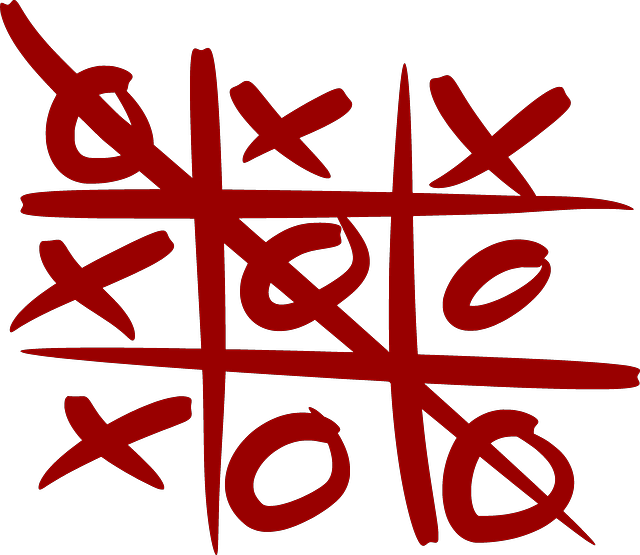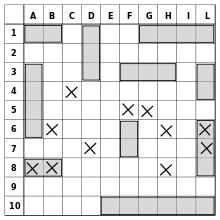In board games, you have quite often the situation that you want to check something in different directions. Most of the time, the implementation I see for situations like this is very redundant and prone to off-by-one errors. Some simple ideas can improve the quality of codes (code that is easier to understand and less loc) and reduce the probability of tiny mistakes.
isOnBoard(int x, int y)
You should create a method that checks if a coordinate is on your board. This can be as simple as this:
public boolean isOnBoard(int x, int y) {
return 0 <= x && x < width && 0 <= y && y < height;
}
Diagonal, horizontal and vertical
You can create a method like this:
/**
* This method checks XYZ and does XYZ.
*
* @param player the current player
* @param xDir -1 if you want to go to the left, 0 if you don't want
* to move in x-direction and 1 if you want to go to
* the right
* @param yDir -1 if you want to go to the bottom, 0 if you don't
* want to move in y-direction and 1 if you want to go
* to the top
*/
private void myBoardAction(Player player, int xDir, int yDir) {
for (int x = 0; x < board.width; x++) {
for (int y = 0; y < board.height; y++) {
for (int c = 0; c < SOME_CONSTANT; c++) {
if (board.isOnBoard(x + c * xDir, y + c * yDir)
&& board.checkXYZ(x + c * xDir, y + c * yDir)) {
doXYZ();
}
}
}
}
}
What's so special about it? Well, note how the xDir and yDir parameters change the behavior of the method. If you want to move only to the right, you will call myBoardAction(player, 1, 0). If you want to go to the top left, you will call myBoardAction(player, -1, 1). Of course, you can't simply take this piece of code and only change doXYZ() and checkXYZ. You will have to change the starting and and position and maybe add a break. But this thought can be applied to board games quite nice.
Please also note that I go from (0|0) to (board.width|board.height) and even add in the inner loop something. So some calls will be out of bound. But because of short-circuit evaluation this works. I don't bother about ends, I simply include the critical parts. Most of the time, it is not much work to check if the call is within the boundary, but finding (and fixing) a bug is much work. Yes, I know, this is more efficient if you use the correct boundaries. But it's only a constant in time difference. And I guess this constant is very small for most games.
Ah, and if you want to check a condition for all diagonals, horizontals and verticals the hole board, you can call it like this:
myBoardAction(player, 1, 1); // top right
myBoardAction(player,-1, 1); // top left
myBoardAction(player, 1, 0); // vertical
myBoardAction(player, 0, 1); // horizontal
This is enough. You don't need more, as you go through the whole board. No need to write redundant code ☺


